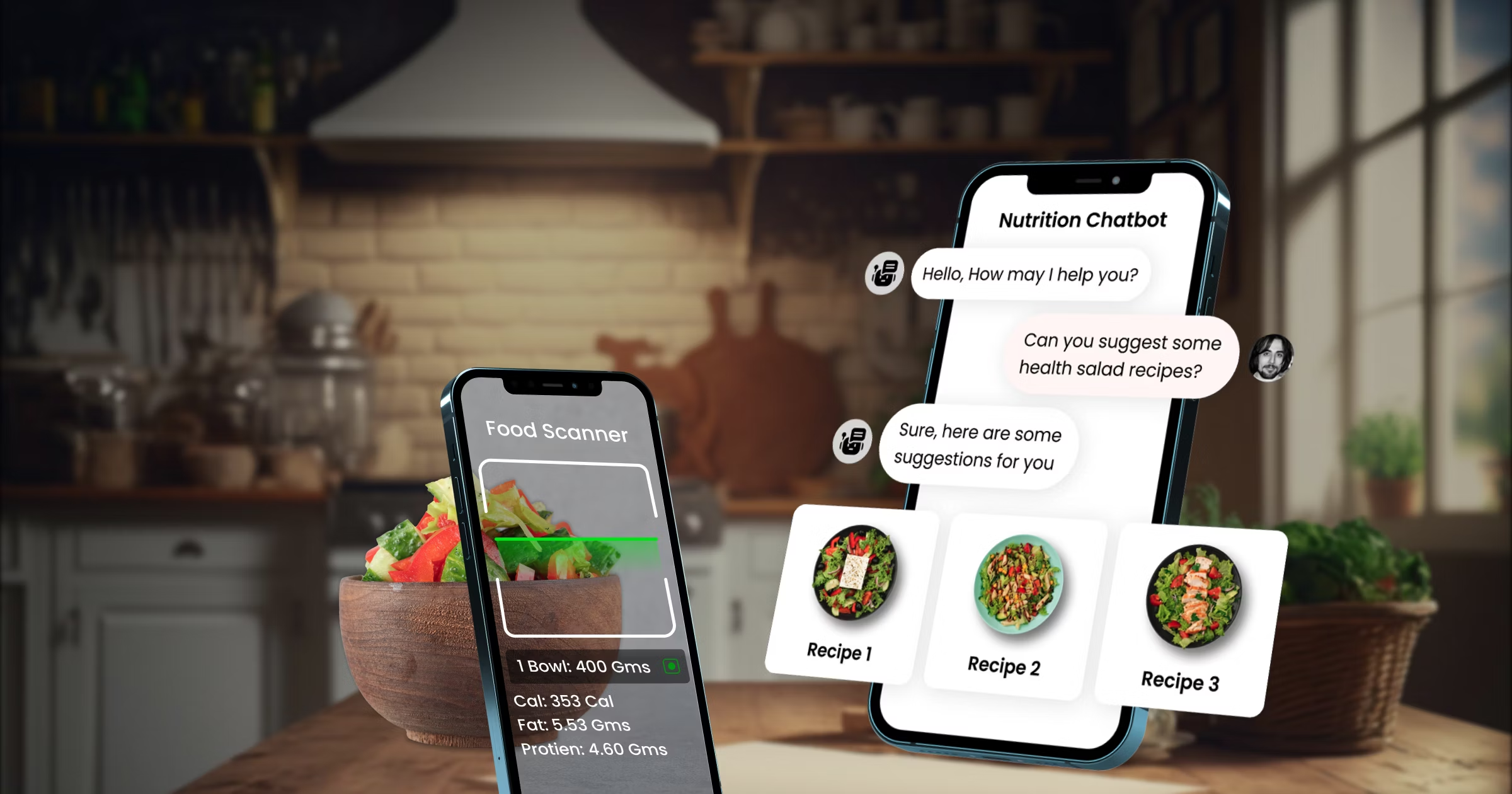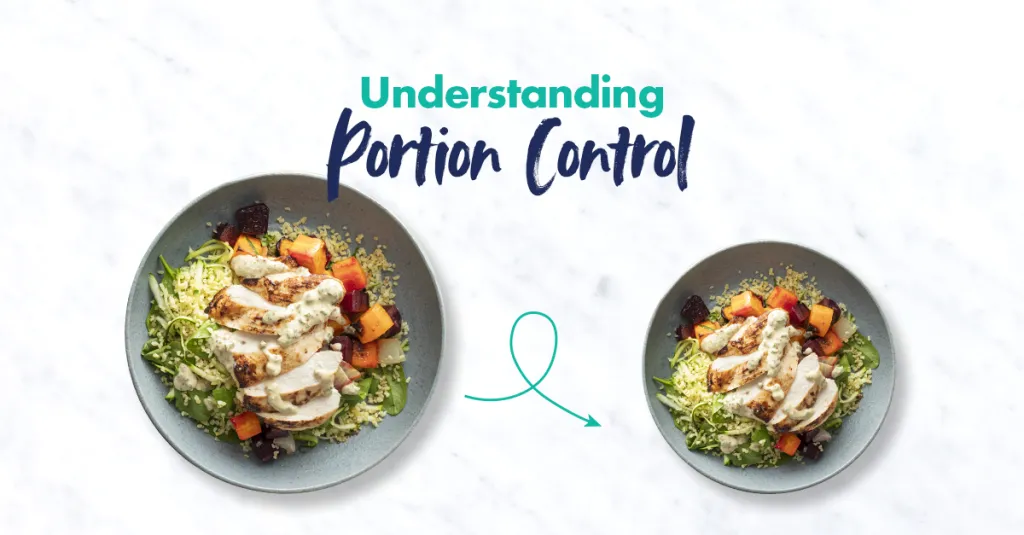Introduction
When it comes to managing weight and staying healthy, what you eat is just as important as how much you eat. Portion control can help you enjoy your favorite foods without overindulging, which is key to maintaining a balanced diet. In this article, we’ll explore practical portion control tips to help you manage your weight and improve your overall health.
Why Portion Control Matters
Portion control is more than just cutting back on food—it’s about understanding how much food your body needs to function optimally. Overeating, even healthy foods, can lead to weight gain, while under-eating can deprive your body of essential nutrients.
1. Helps Maintain a Healthy Weight
By controlling portions, you can prevent consuming excess calories, which is crucial for weight management. It’s not just about limiting food but about balancing your intake with your energy needs.
- Pro Tip: Use smaller plates and bowls to naturally reduce your portion sizes without feeling deprived.
2. Prevents Overeating and Binge Eating
Practicing portion control can help prevent overeating and binge eating, which are common pitfalls in weight management. By being mindful of portions, you can enjoy all your favorite foods in moderation.
- Pro Tip: Serve food on individual plates instead of eating directly from packages or shared dishes to avoid mindless eating.
3. Promotes Better Digestion and Nutrient Absorption
Eating the right amount of food allows your body to digest and absorb nutrients more effectively. Overloading your digestive system with large meals can lead to discomfort, bloating, and nutrient malabsorption.
- Pro Tip: Chew your food thoroughly and take your time with meals to aid digestion and signal fullness to your brain.
Practical Portion Control Tips
1. Understand Serving Sizes
Start by familiarizing yourself with recommended serving sizes. This will help you gauge how much you should be eating. For example, a serving of protein like chicken or fish is typically the size of a deck of cards, while a serving of cooked rice is about the size of a tennis ball.
- Pro Tip: Use measuring cups and food scales initially to understand portion sizes better. With practice, you’ll be able to estimate more accurately.
2. Use Your Plate as a Guide
Visualizing your plate can help with portion control. A balanced plate should consist of:
- Half: Vegetables or fruits.
- Quarter: Lean protein like chicken, fish, or tofu.
- Quarter: Whole grains like brown rice or quinoa.
- Pro Tip: Fill your plate with vegetables first. They are nutrient-dense and low in calories, helping you feel full without overeating.
3. Avoid Eating Straight from the Package
When you eat directly from a package, it’s easy to lose track of how much you’ve consumed. Instead, portion out snacks like chips, nuts, or cereal into a bowl before eating.
- Pro Tip: Buy single-serving packages of your favorite snacks to avoid overindulging.
4. Slow Down and Savor Your Food
Eating slowly allows your body to signal when it’s full, which can prevent overeating. Taking time to enjoy each bite also enhances your eating experience and makes you more mindful of what you’re consuming.
- Pro Tip: Put your fork down between bites and take sips of water throughout your meal to pace yourself.
5. Beware of Portion Distortion
Restaurant portions and packaged foods often provide much more than a single serving. This “portion distortion” can lead to overeating without you realizing it. Be mindful when dining out or when choosing pre-packaged meals.
- Pro Tip: Share entrees at restaurants or ask for a to-go box when your meal arrives and immediately pack up half to take home.
6. Plan Your Meals Ahead of Time
Meal planning can help you avoid impulsive food choices and overeating. Preparing meals and snacks in advance ensures that you have healthy, portion-controlled options readily available.
- Pro Tip: Use compartmentalized containers to pre-portion meals for the week. This saves time and helps you stick to your diet plan.
Common Portion Control Mistakes to Avoid
1. Skipping Meals
Skipping meals can lead to intense hunger and overeating later in the day. It’s better to eat smaller, balanced meals throughout the day to maintain energy levels and prevent bingeing.
- Pro Tip: Keep healthy snacks like fruits or nuts handy to tide you over between meals if you’re hungry.
2. Drinking Your Calories
Beverages like sodas, juices, and specialty coffees can add up quickly in terms of calories. Drinking your calories often leads to consuming more than you realize, without the benefit of feeling full.
- Pro Tip: Opt for water, herbal tea, or black coffee, and limit sugary drinks to occasional treats.
3. Underestimating Snacks
It’s easy to underestimate the calories in snacks, especially if you’re not paying attention to portion sizes. Even healthy snacks can contribute to weight gain if consumed in large amounts.
- Pro Tip: Measure out snack portions ahead of time and avoid eating directly from the bag or box.
How to Stick to Portion Control Long-Term
Maintaining portion control requires consistency and mindfulness. Here are some strategies to help you stick with it:
- Practice Mindful Eating: Pay attention to hunger and fullness cues. Eat when you’re hungry and stop when you’re satisfied, not stuffed.
- Set Realistic Goals: Start with small changes and gradually adjust your portion sizes. Don’t aim for perfection; focus on progress.
- Be Patient: It takes time to adjust to smaller portions. Your body will gradually adapt, and you’ll find it easier to eat appropriate amounts over time.
Boost Your Nutrition with AI-Powered Wellness Mobile Software

Mastering portion control tips can be a game-changer in your health journey, but understanding your overall nutritional intake is just as important. Our AI-powered wellness mobile software helps you track your portion sizes and provides personalized suggestions to optimize your diet.
For more specific guidance, the app connects you with professional registered dietitians (RDs). And if you’re based in the US, you can use your insurance for free nutrition consulting with an RD. As we continue to enhance our app, we’ll include more features to support holistic health, making it easier for you to make informed dietary choices every day.

